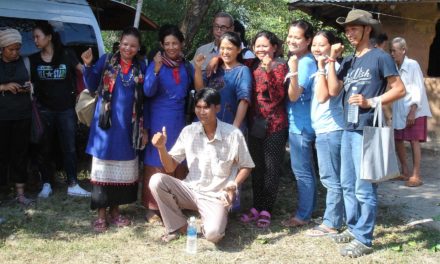Vietnam’s economic liberalisation process began in 1986, opening the economy to private and foreign capital, liberalising most domestic prices, and making the farmer household the basic unit of production. However, the Government continued to stress the dominant role of the state sector, that cooperatives would regain a significant role, and global trade liberalisation proceeded slowly.
Vietnam’s cautious reform led to economic growth of 7-8 per cent per annum in the 1990’s, and poverty crashed from 58 percent in 1993 to 32 percent today. Education and health indicators, already high for a country at Vietnam’s economic level, have improved. However, inequality has risen; in many poor regions, social indicators are far below the national average, particularly in mountainous areas, among ethnic minorities and among the vast number of war disabled and Agent Orange victims.
Macro Policy Analysis on Trade Liberalization, Agriculture and Gender in Vietnam
By Pham, TuongVi and Michael Karadjis With contribution from Han,Tuyet Mai Center for Natural Resources and Environmental Studies, Vietnam National University, Hanoi






![[IN PHOTOS] In Defense of Human Rights and Dignity Movement (iDEFEND) Mobilization on the fourth State of the Nation Address (SONA) of Ferdinand Marcos, Jr.](https://focusweb.org/wp-content/uploads/2025/07/1-150x150.jpg)

